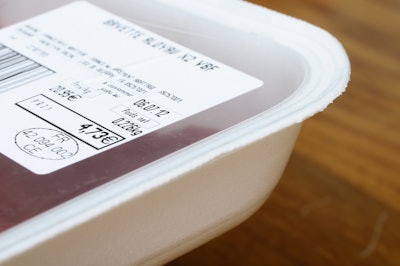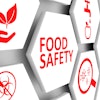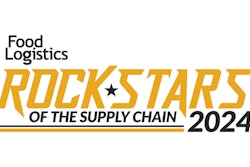
Every so often, the news will run a story on per/polyfluoroalkyl substances (PFAS) in the drinking water or the food supply. PFAS is a family of thousands of chemicals that are grease, water, and heat resistant.
While the benefits of PFAS were immediate, the potential harm was not foreseen. Even if they had been foreseen, the risks were hard to quantify, and any harm was probably decades away. As a result, PFAS are now found in many different things, including cleaning products, carpets, stain and water-resistant fabrics, paints and firefighting foam, some non-stick pots and pans, even some cosmetics.
What is not being made aware of is the progress that many companies have made in removing PFAS from their products, and this includes the frozen food packaging industry.
Frozen foods and PFAS
When it comes to food packaging in general and frozen food packaging specifically, the packaging industry has made strides in removing these chemicals from their product line.
For example, the industry as a whole is working diligently to remove PFAS from feedstocks. The most important reason to remove high levels of PFAS is to avoid discarded packaging potentially contaminating landfills, and hence ground water.
Recently, research and development work by resin industry leaders are finding substitutes that work about as well, by some measures even better than PFAS.
PCBs: The PFAS of the 1970s
The removal of PFAS from the environment has at least one historical precedent we can learn from: Polychlorinated biphenyls (PCBs), which are also forever chemicals and known to be carcinogenic. The United States banned PCBs entirely in 1979.
But, despite this, a study last year from the University of Kobe in Japan noted, “Even though the manufacture and use of PCBs was banned around 50 years ago, they still remain in the environment. It has been discovered that PCBs accumulate inside the bodies of humans and other animals through food consumption.”
There is a good chance that the fight to remove PFAS will follow this pattern. Because PFAS builds up in the body over time, it will take time for them to be removed from the body as well.
Acting ahead of the regulators
Regulators exist to do one thing – regulate. The European Union, the U.S. Federal Government and many U.S. state governments established recommendations and mandates to limit and eliminate PFAS from the environment in which we live.
The European Union has a “ban-them-all-now” approach. The European Chemical Agency, which is responsible for regulating chemicals within the EU, is approaching the end of the 6-month comment period on a rule that could, in theory, forbid PFAS anywhere and everywhere within the EU.
On the other side of the Atlantic, the United States Environmental Protection Agency has its PFAS Strategic Roadmap, which says, “The roadmap sets timelines by which EPA plans to take specific actions and commits to bolder new policies to safeguard public health, protect the environment, and hold polluters accountable. The actions described in the PFAS Roadmap each represent important and meaningful steps to safeguard communities from PFAS contamination. Cumulatively, these actions will build upon one another and lead to more enduring and protective solutions.”
This is less all-encompassing than the European approach, but also offers the opportunity to have regulations that are more grounded in actual science. There are thousands of PFAS, and one size is not going to fit all.
Yet there is another way to deal with this. For example, the industry can act without waiting for the rules to be set up. The frozen foods packaging industry specifically has gone ahead without the heavy hand of legal bureaucracy getting involved.
First, something gets done now. Exposure to harmful substances is bad, lengthening the duration of the exposure is worse.
Second, regulators tend to follow industry practices when those practices are an attempt to solve the problem(s) that regulators want resolved. They only say how something has to be done if it is not being done at all. By getting out ahead of the regulators, the industry can guide the regulations that do come out to be as effective but less onerous.
Third, there are public relations benefits to being ahead of the regulators. Consumers like to see businesses working for more than a bottom-line profit. They like to see that done in a way that cleans up the environment. Acting before you are forced to act is a sign of good corporate citizenship.
A better tomorrow
Removing PFAS from the environment is going to take some time. Some industries will have a harder time doing their part than others. But none should avoid acting on their own now. Removing PFAS from feedstocks, products and packaging is inconvenient and can be costly, but doing so ensures a PFAS-free future.


















